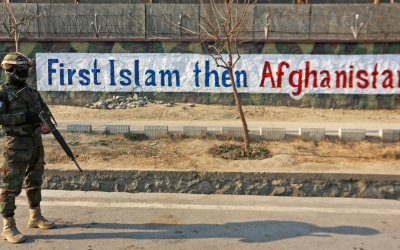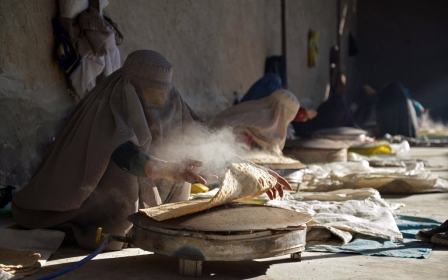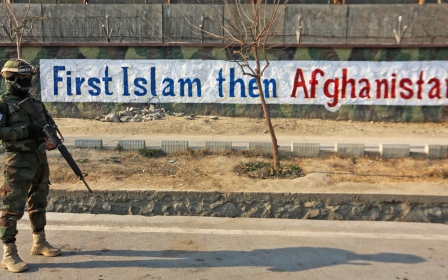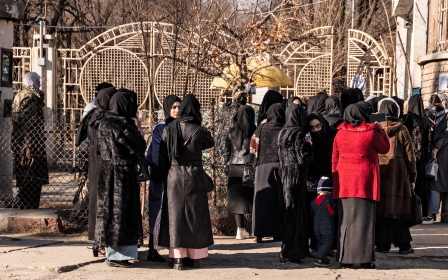Afghanistan's economy close to collapse with 85 percent of people in poverty: UN
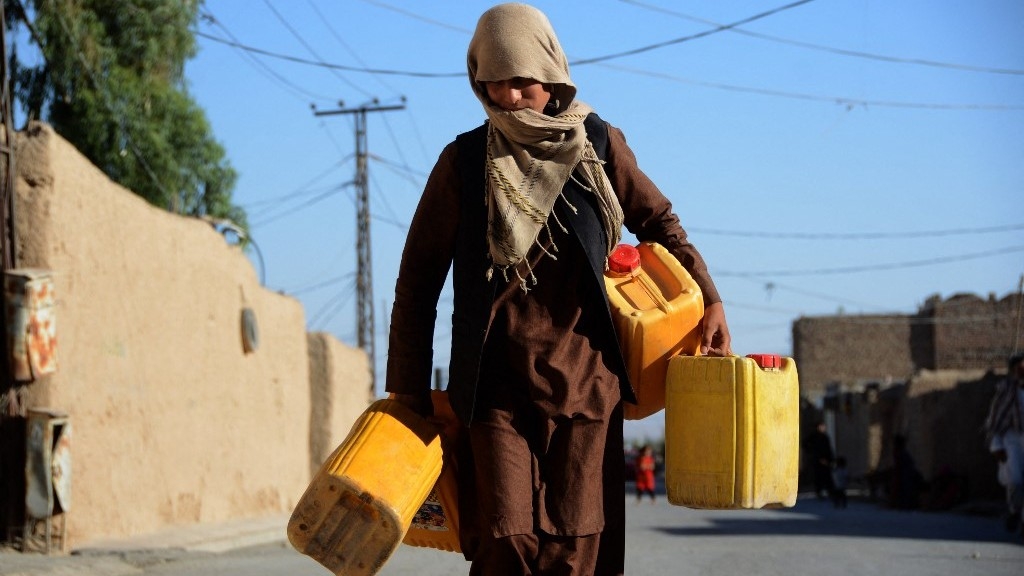
Nearly 34 million Afghans are living in poverty and the country’s economy is on the brink of collapse, a new UN report shows.
According to the report, in 2020 the number of Afghans in poverty was 19 million compared to 34 million now, a 15 million increase. Much of the blame had to do with the Taliban taking over the following year and the sudden loss of international aid and access to finance, the report noted.
In 2021, many aid programmes were cut back when countries refused to deal with the Taliban, resulting in an economic crisis.
"The cutoff in foreign assistance that previously accounted for almost 70 percent of the government budget, has resulted in a sizable squeeze of public finances," the report executive summary said.
The central bank has been unable to supply adequate liquidity to banks because of the inability to print money and the freeze on its foreign assets held by western banks.
The report, which was released on Tuesday in Kabul by the United Nations Development Programme (UNDP), details how Afghanistan’s economic output collapsed by 20.7 percent, following the Taliban takeover in 2021.
At least 85 percent of Afghanistan is projected to be in poverty, as there is an estimated population of 40 million. The UN aid appeal for international assistance to reach $4.6bn in 2023 is the minimum that is required to help Afghans in need.
Any reduction in international aid will worsen the economic situation of Afghanistan and would result in extreme poverty that would perpetuate for decades, the report said.
“If foreign aid is reduced this year, Afghanistan may fall from the cliff edge into the abyss,” the UNDP resident representative in Afghanistan, Abdallah al-Dardari, said.
In order to survive, Afghans have been selling their homes, lands and assets to generate income. Some people have turned their children into labourers and their daughters into child brides, the report says.
According to the report, the funding requirements today for Afghans to maintain their expenditures may have reached $5.3bn from the $900m needed two years ago.
Participation of Afghan women
No recovery in the country would be sustainable without the participation of Afghan women in the economy and public life. The restriction of women’s rights, including a ban on Afghan women from working in NGOs, directly affects economic productivity, the report says.
“Only the full continuity of girls’ education and women’s ability to pursue work and learning can keep the hope of any real progress alive,” UNDP regional director for Asia and the Pacific, Kanni Wignaraja, said.
In December, the Taliban government first decided to suspend university education for women, and later issued an outright ban on education for women. However, some girls' schools have remained open.
Since the Taliban returned to power in Afghanistan in the summer of 2021, residents, elders and religious leaders in the country and abroad have challenged its claims that restricting education and work for women is permissible in Islam.
The move was widely condemned by governments around the world, including in the Middle East and the wider Muslim world.
Saudi Arabia’s foreign ministry expressed “surprise and regret”, calling on Kabul to reverse the move, and Turkish President Recep Tayyip Erdogan denounced the Taliban’s ban as “unIslamic”, promising to follow the issue until it is resolved.
Middle East Eye propose une couverture et une analyse indépendantes et incomparables du Moyen-Orient, de l’Afrique du Nord et d’autres régions du monde. Pour en savoir plus sur la reprise de ce contenu et les frais qui s’appliquent, veuillez remplir ce formulaire [en anglais]. Pour en savoir plus sur MEE, cliquez ici [en anglais].


